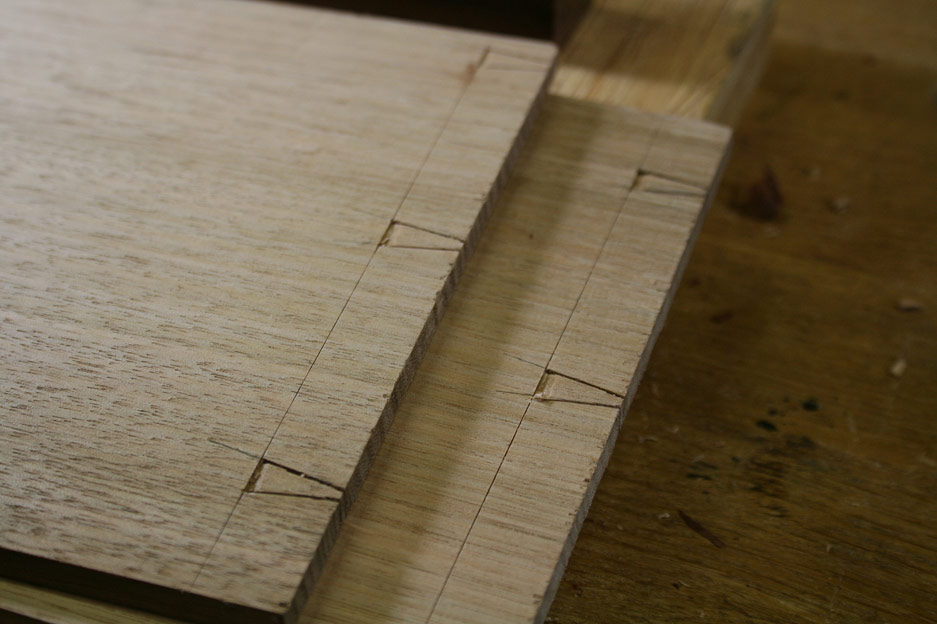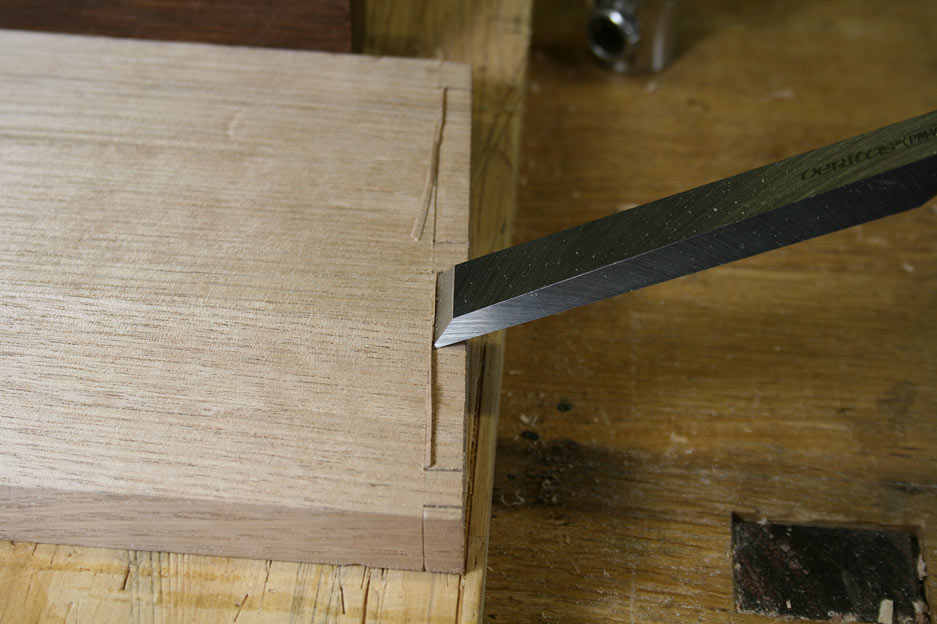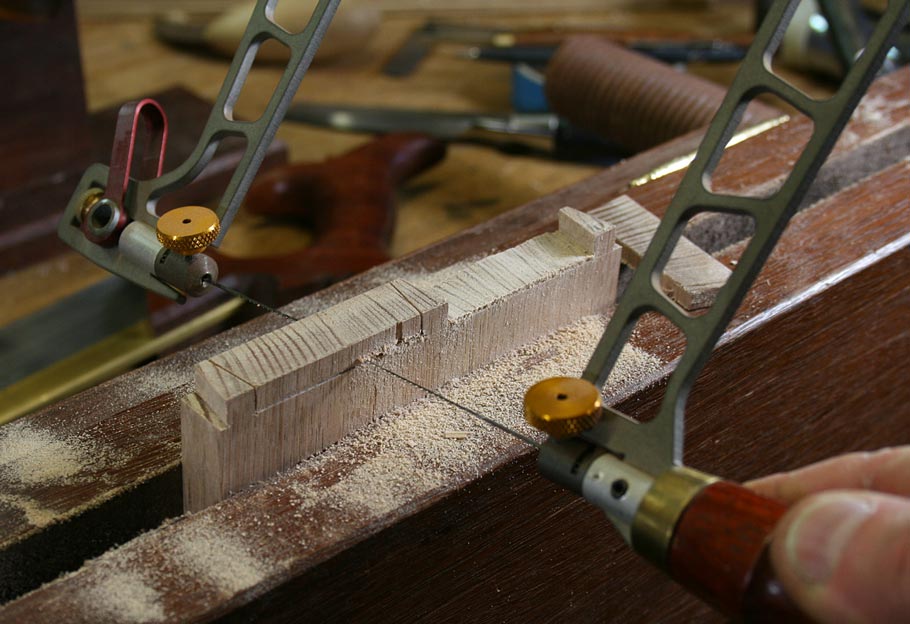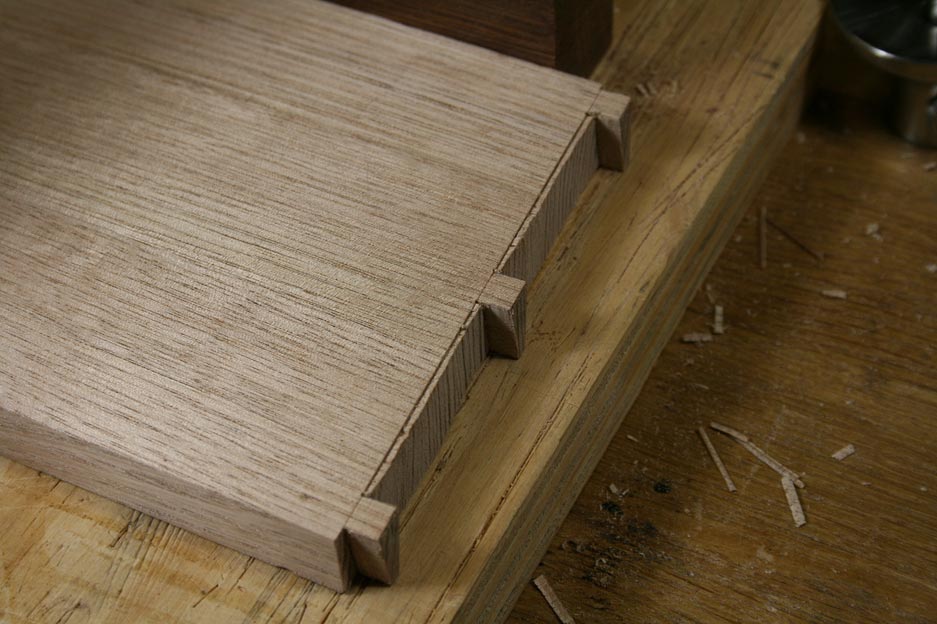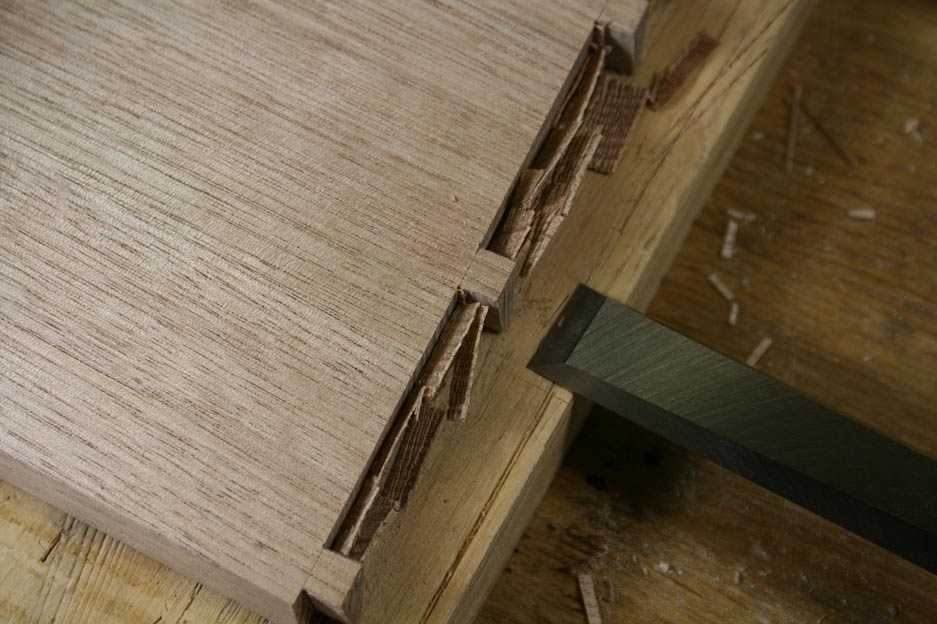@tibi Looks like you are getting good results already, I put this video together for the UK Men's Sheds association last year which shows the way I teach students. Some will make excellent dovetails first time but some will require a fair bit more practice, and anyone can easily cut the wrong side of the line even after a fair bit of practice.
Cheers
Peter
I have watched your video. Very useful tips. I especially got interested in chisel paring techniques that you have used and tips about what to watch out so that I do not ruin the piece. I have seen you used a scrap board and a mallet/hammer to drive the tailboard into the pinboard. I have already cracked end pins twice when I practiced dovetails. How do you decide if you will still continue with the mallet or you will pare more of the pins? Sometimes it takes only a little force and the end pin breaks.




